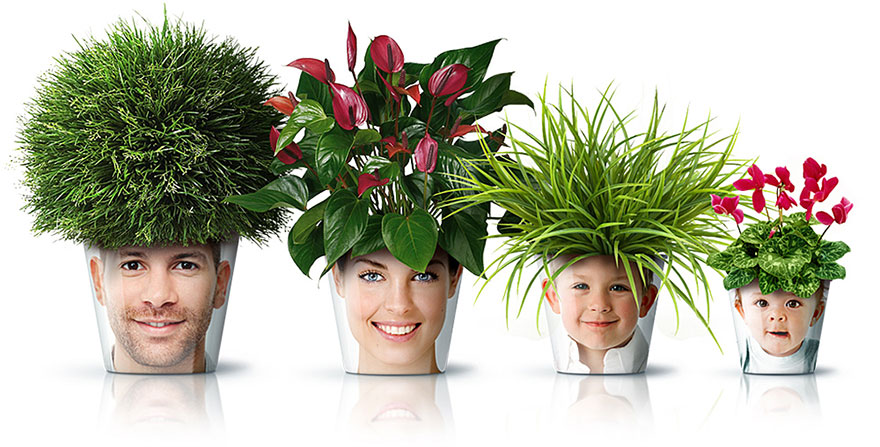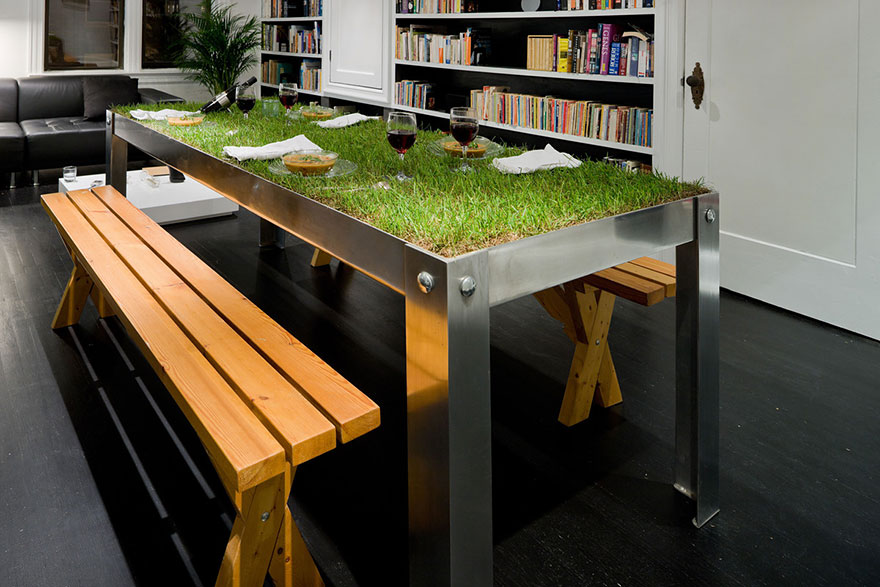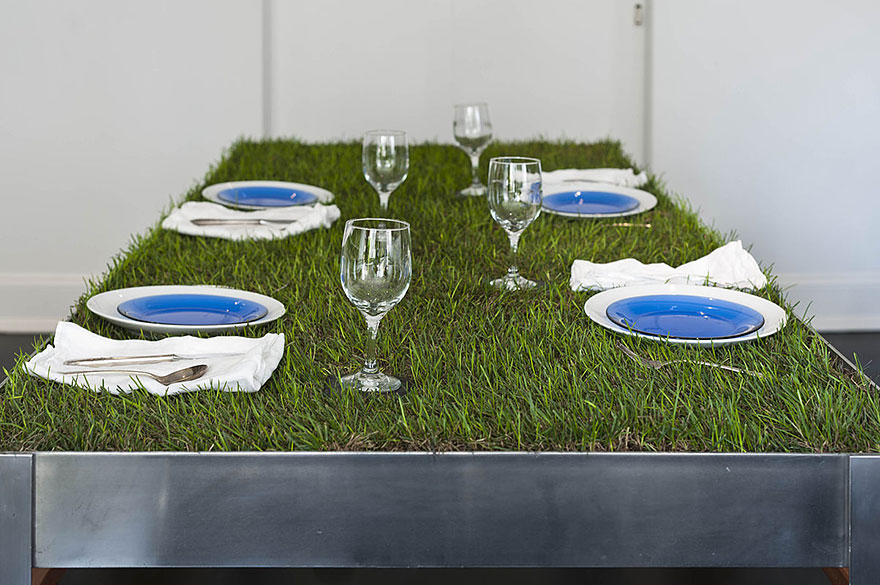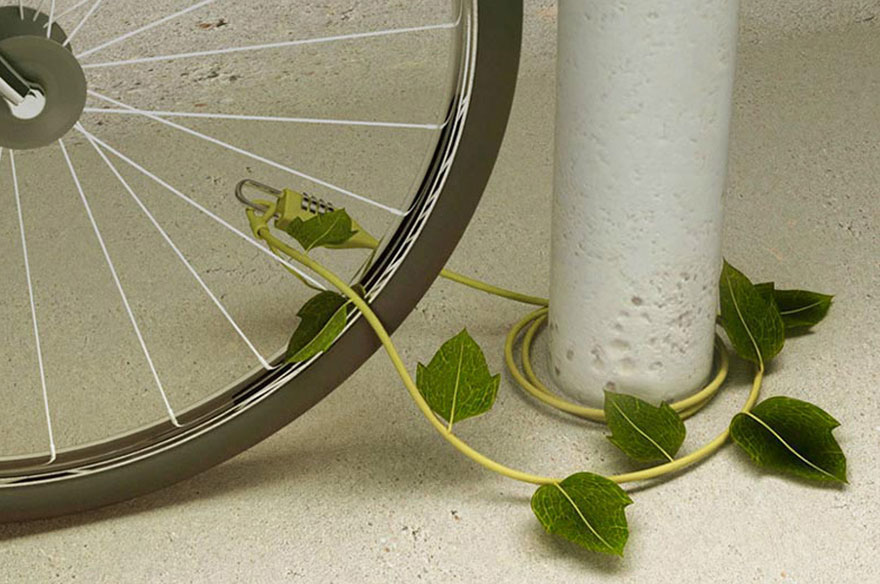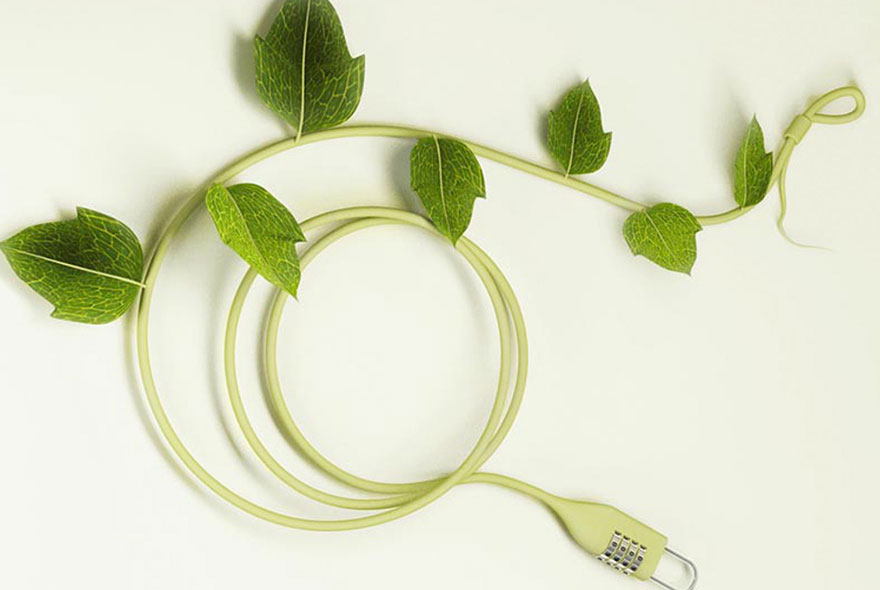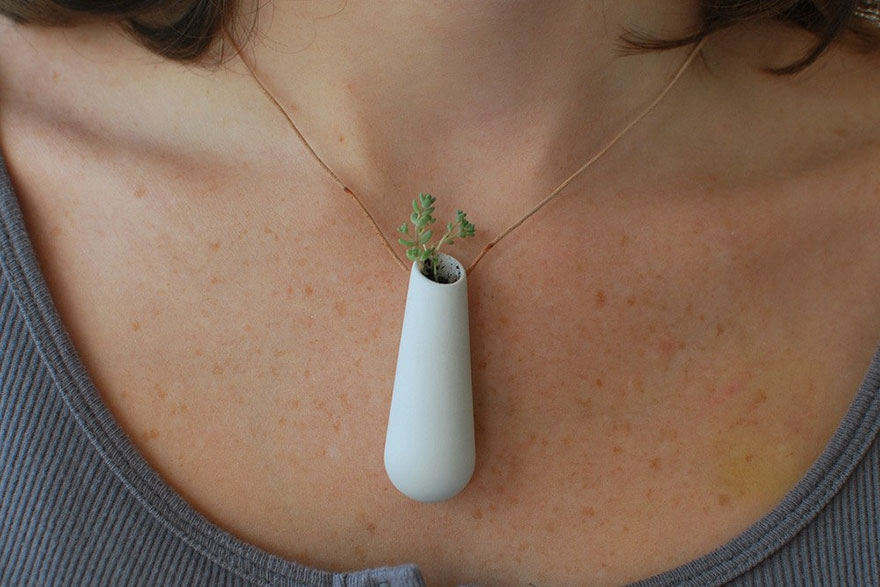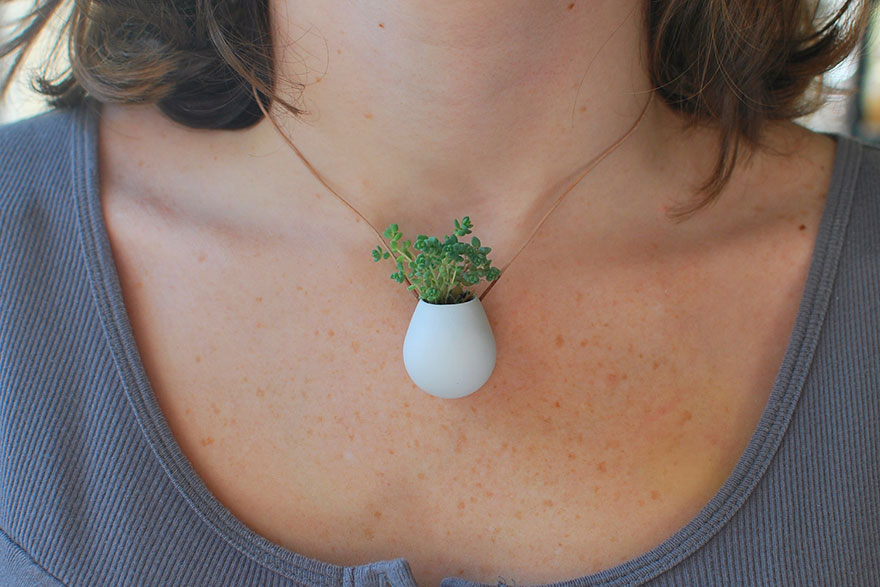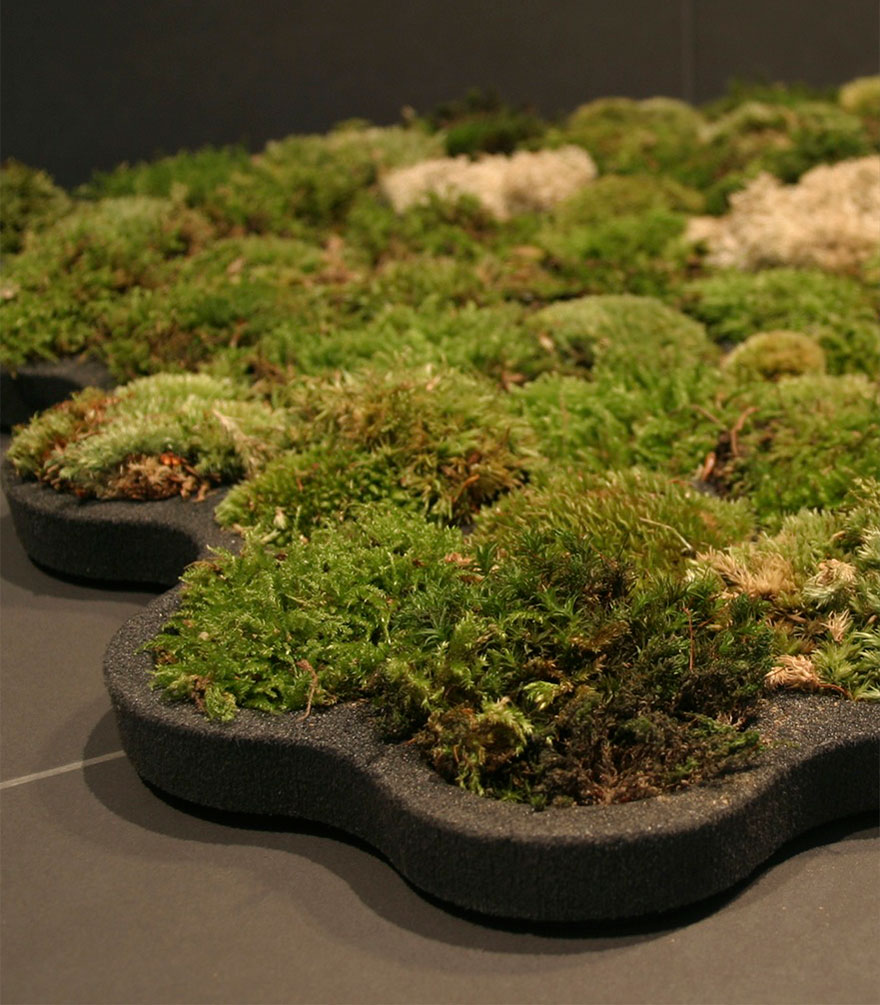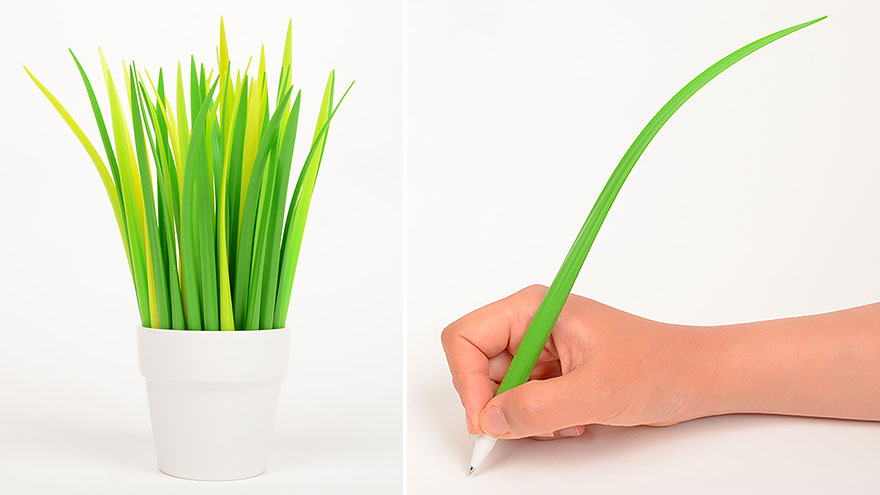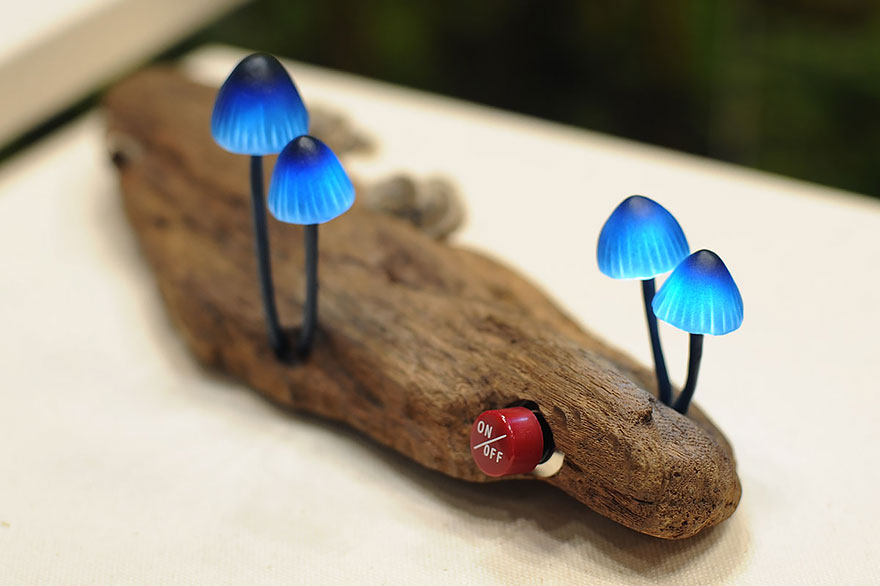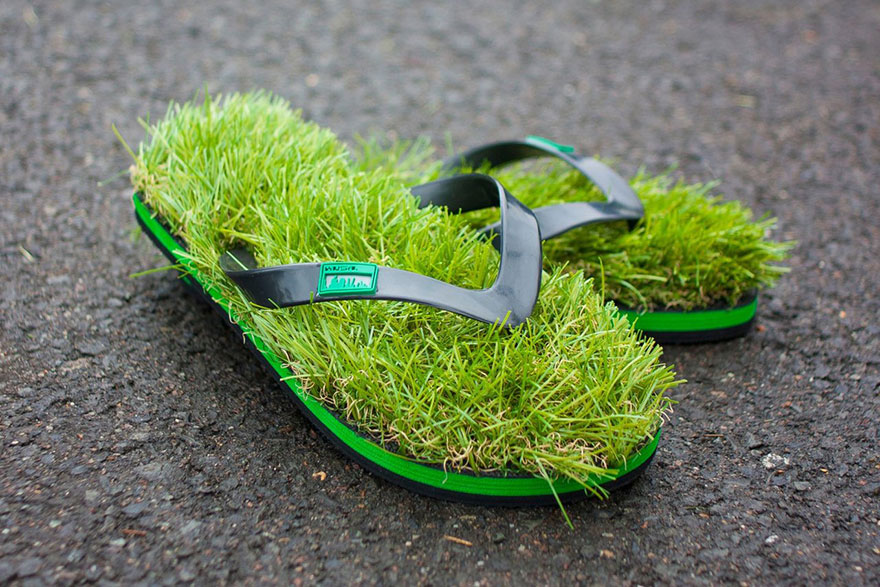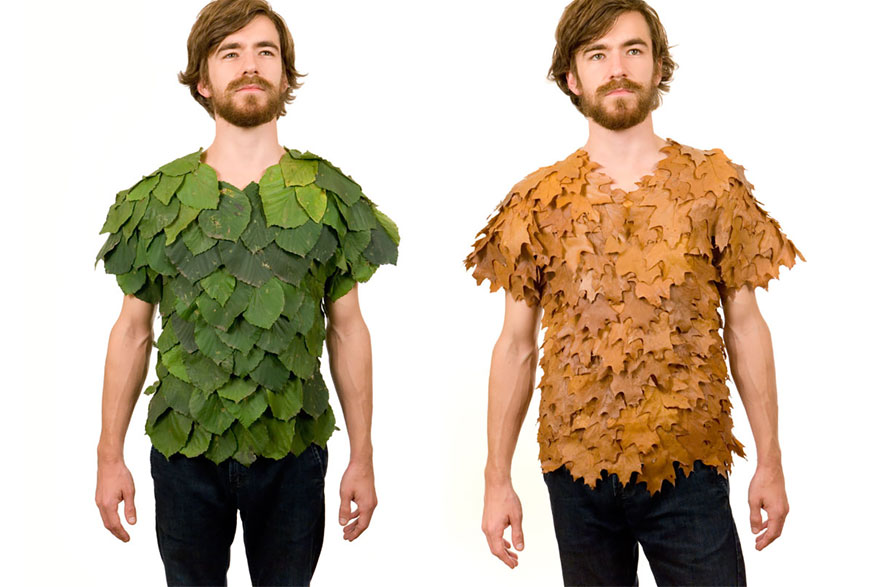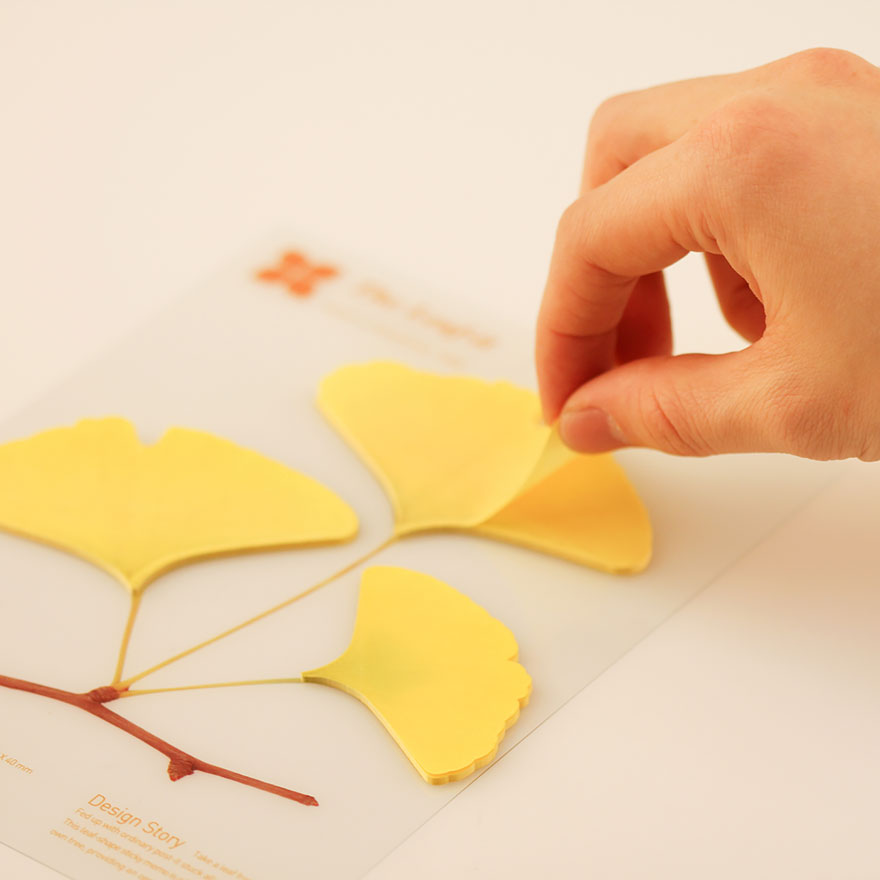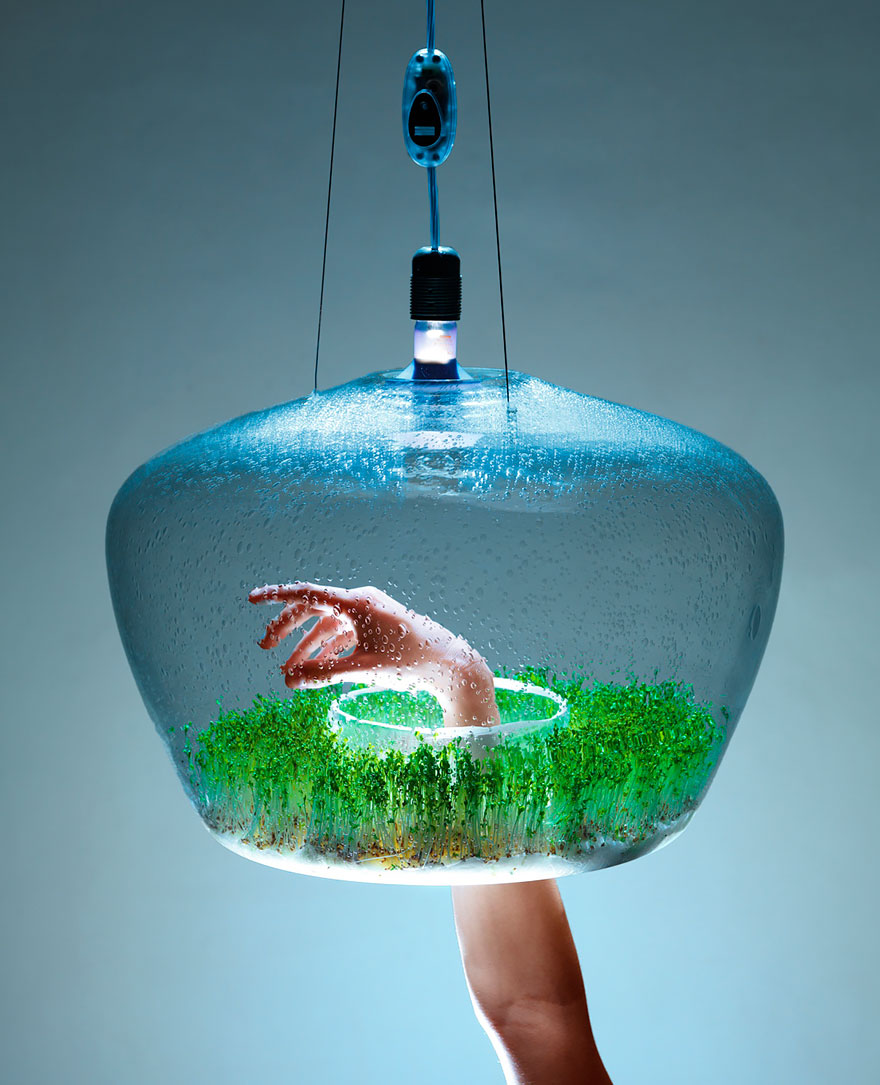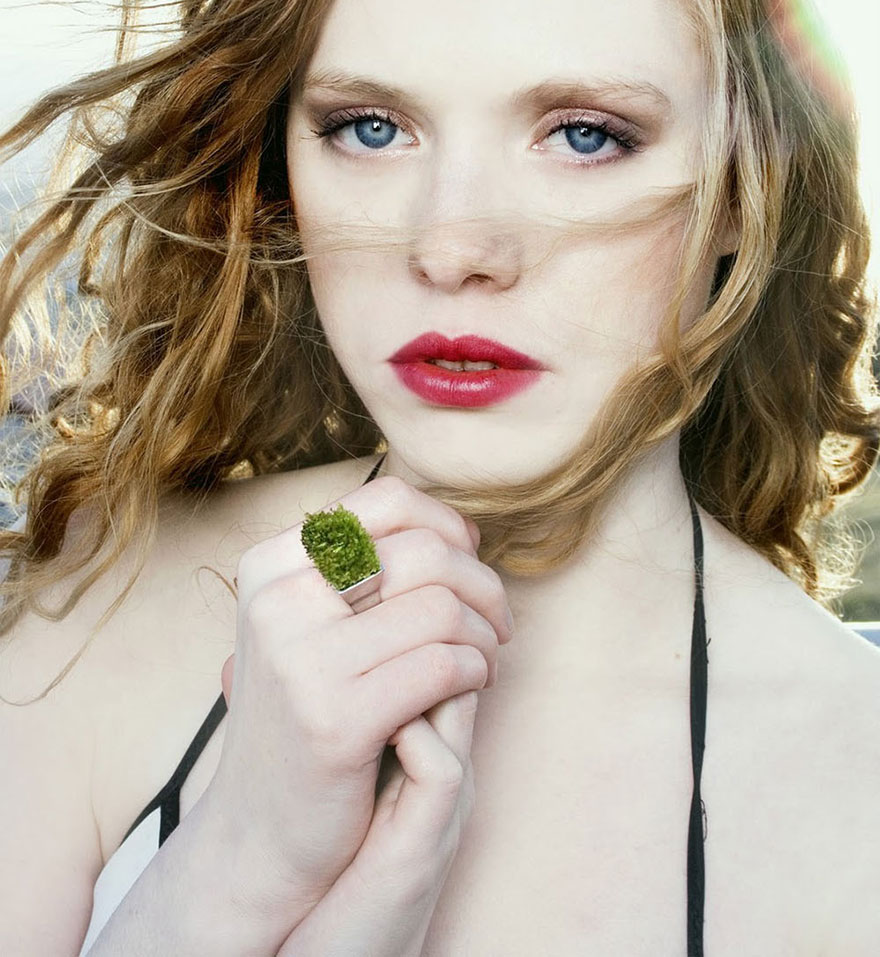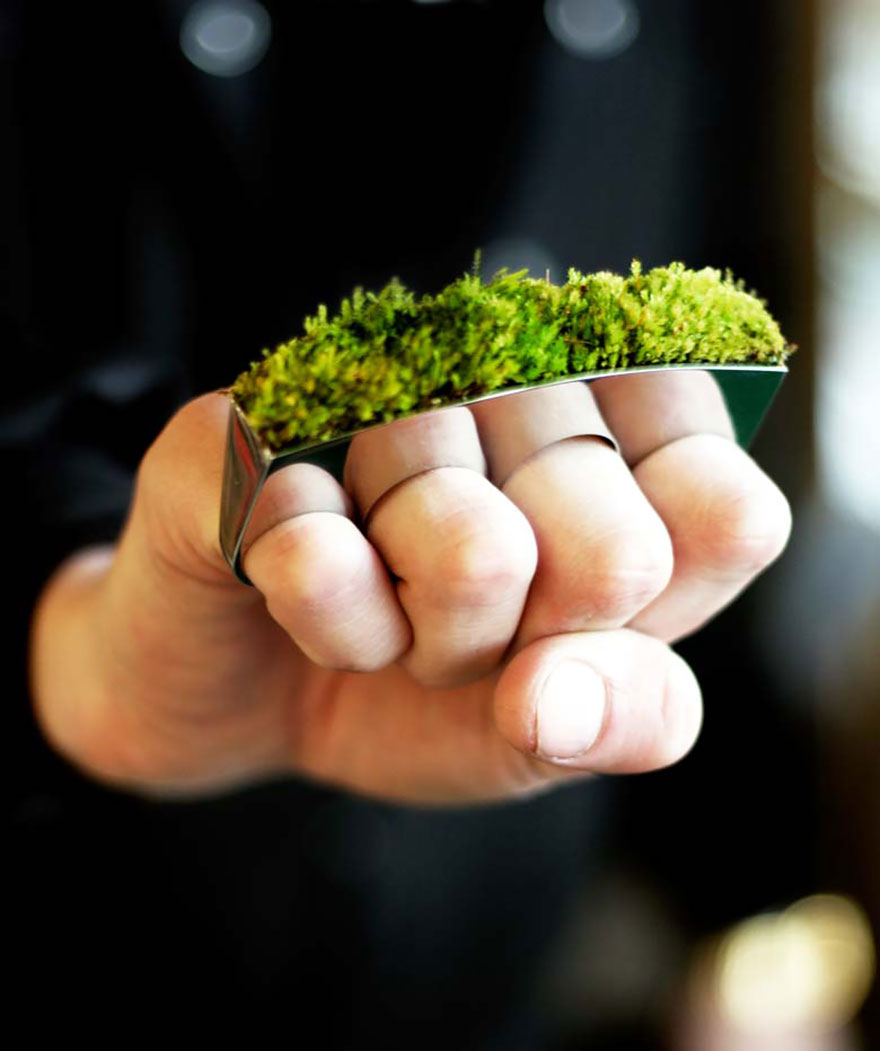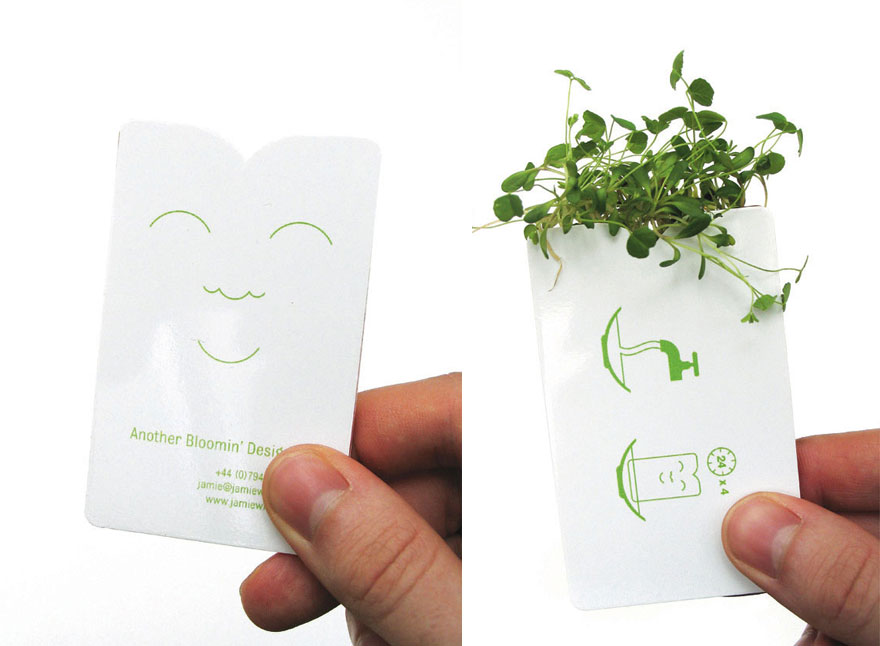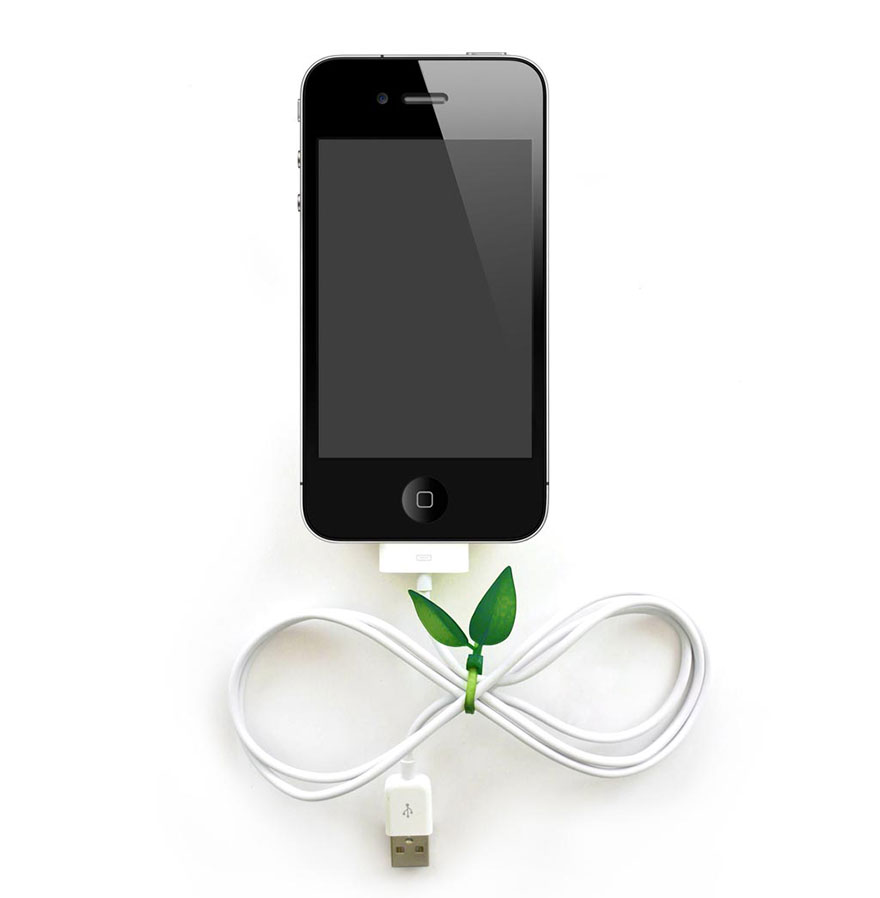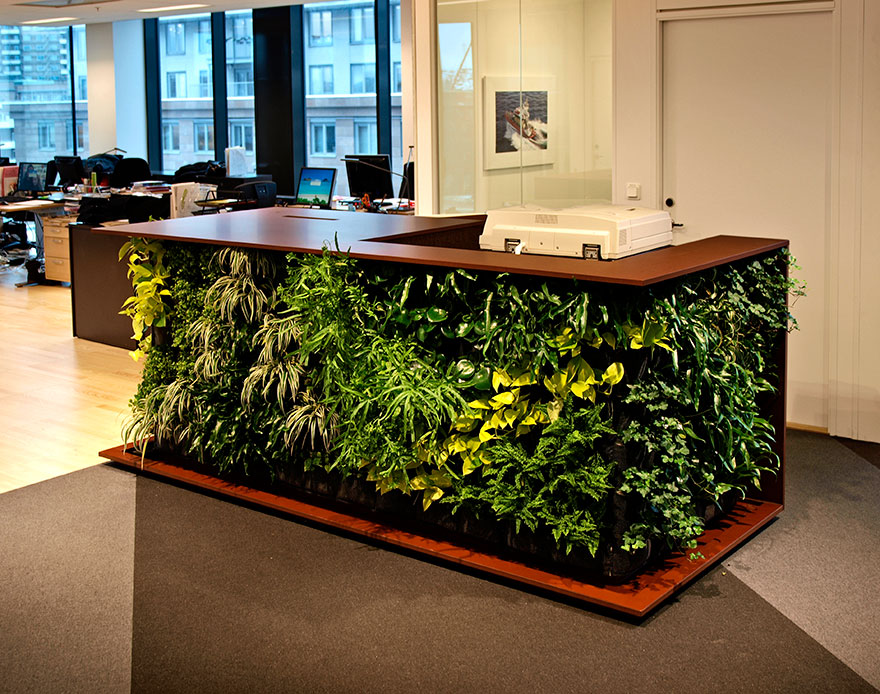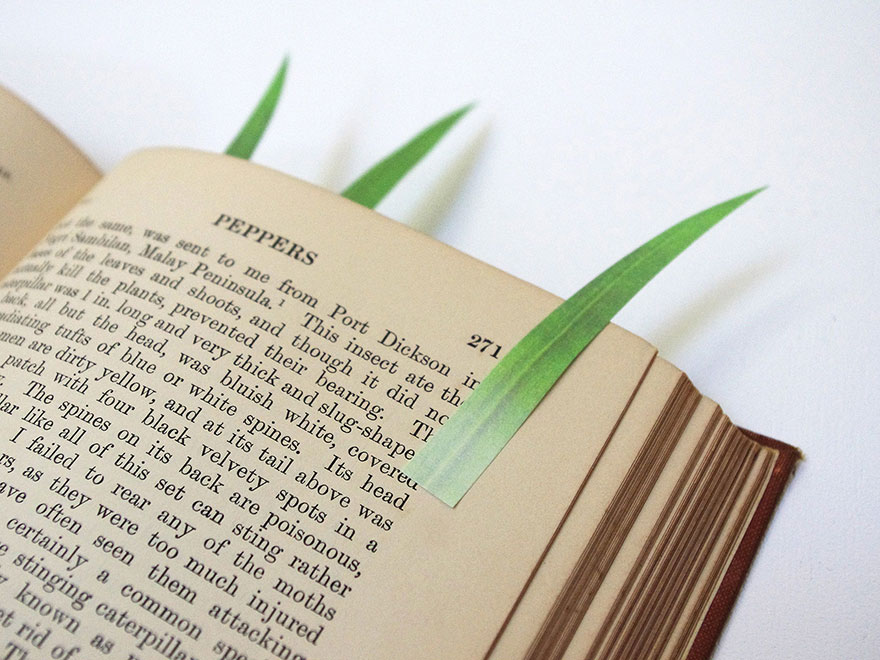MIST
Proud Member
- Joined
- Jul 25, 2011
- Messages
- 5,411
- Points
- 83
The War Between CNN and SeaWorld Over 'Blackfish' Escalates
A park spokesman finally answers questions surrounding the controversial new documentary about keeping killer whales in captivity.
Judgment Day has arrived for SeaWorld—well, at least in the court of public opinion.
Tonight, the documentary about captive orcas, Blackfish, premieres on CNN. The film centers on the 2010 death of SeaWorld trainer Dawn Brancheau by Tilikum, raising serious questions about the highly profitable practice of keeping killer whales in captivity. While SeaWorld has criticized film, they have declined requests by CNN to be interviewed on camera. But, this week, company spokesman Fred Jacobs did provide written answers to a few of the most poignant issues in the documentary.
Most of these topics are discussed in my book, Death at SeaWorld: Shamu and the Dark Side of Killer Whales in Captivity. Readers will recognize SeaWorld’s latest attempt at positive spin as part of its eternal drive to make orcas in swimming pools appear to be a good thing, especially for the whales.
Here are some of the main points raised in the CNN Q&A with Jacobs, paired with what I discovered researching Death at SeaWorld.
Conservation
Jacobs wrote SeaWorld has “assisted whales many times, including killer whales,” who were lost or stranded. But in at least three cases, SeaWorld seemed more interested in sending these orcas into a life of captivity to entertain tourists, rather than releasing them back into the ocean.
First there was Springer, a young female discovered in Puget Sound in 2002, alone and undernourished. As I reported, the main organizations working to help Springer were the U.S. National Marine Fisheries Service (NMFS), the Vancouver Aquarium, the Center for Whale Research, and OrcaLab, on Johnstone Strait in British Columbia, the summer home to Springer’s pod.
Springer was eventually caught and transferred to a netted-off pen, where she could be fed and cared for. Many scientists and activists wanted to see her returned to her family, but her fate was uncertain.
According to my sources, SeaWorld wanted to see Springer taken captive. “The SeaWorld vet tried his best to find something wrong with Springer that would dictate that she be moved to a SeaWorld tank,” Howard Garrett of the Orca Network told me this week. He and his wife Susan Berta spent time with Springer in Washington.
Springer had settled near the Vashon Island ferry dock. “She chose one of the best fishing spots in Puget Sound, and was seen catching salmon with ease,” Garrett recalls. “She was always very active and alert. In the hour Springer was captured, we watched her do half a dozen breaches or half breaches. We didn't see anything about her condition to worry about.”
But, at the time, SeaWorld veterinarian Jim McBain told The Seattle Times that, "We're still worried about the next step. Her condition is a concern. This is not a robust killer whale.”
According to Garrett, "It was only the resounding voices of orca experts and conservationists who absolutely opposed captivity that turned efforts toward finding a way to transport her back to Johnstone Strait, where she did rejoin her family within 24 hours. She soon became an adopted member of her aunt's matritine and returned this year with her own newborn."
Jacobs also mentions a young female rescued off the coast of the Netherlands, named Morgan. Despite attempts by scientists and activists to win the whale's freedom, Morgan was sent to the Loro Parque theme park, in the Canary Islands, where she remains.
All killer whales at Loro Parque belong to SeaWorld, and now the company lists Morgan as part of their "collection" in papers filed with the SEC. There will be another legal hearing on Morgan's fate next month, but it's clear that SeaWorld has no intention of letting Morgan go. SeaWorld and Loro Parque claim that Morgan is "hearing impaired," but have not released data on how severe the impairment is.
Education
Millions of SeaWorld visitors, Jacobs wrote to CNN, "have experienced killer whales in a way that is personal, enriching and inspirational," adding that it is "our hope" that every SeaWorld visitor will leave the park "with a greater understanding of and appreciation for all the animals we display, including killer whales."
And while SeaWorld is certified by the Association of Zoos and Aquariums, meaning they meet minimum conservation requirements, during the several times I visited the park to research my book, I heard virtually nothing that would educate people about killer whales in the wild, how long they live, their social bonds, their hunting patterns, and ways to conserve their threatened natural habitats. Instead, I “learned” that whales like blaring music, roaring crowds, back-flips and French kissing.
Dr. Lori Marino, a prominent whale and dolphin scientist, says there is no reliable evidence that people get educated, or motivated to take action, after visiting a marine park.
“It is not proper to simply ask people whether they have learned or what they think they have learned, or how much they enjoyed the class,” Marino testified in a 2010 Congressional subcommittee hearing on killer whales in captivity. Direct testing of acquired knowledge, and not feel-good public opinion polling, is the only way to properly assess any education program. Industry-sponsored papers “typically involve asking visitors whether they think they have been educated. But they do not actually test knowledge,” she said. “There is no compelling or even strongly suggestive current evidence that visits to zoos and aquariums promote positive attitude change, learning or conservation actions.”
Research
"Much of what is known about the killer whale's anatomy, reproductive biology and capacity to learn was learned at SeaWorld and other accredited zoological institutions," Jacobs wrote.
There is no question that some killer whale research could only be conducted in a tank, and SeaWorld is to be commended for adding to our body of knowledge on the species. But a scan of the scientific studies cited by Jacobs reveals that several were conducted in the ocean, not at SeaWorld. Many studies conducted with SeaWorld orcas pertained mostly to animal husbandry and keeping whales in captivity. Others weren’t really studies at all.
Quality of Life
While Jacobs conceded that "a killer whale can and occasionally might travel as much as 100 miles in a day," he wrote that "swimming that distance is not integral to a whale's health and well-being.” And he added this: "They adapt very well to life in a zoological setting."
One wonders if Jacobs read the science on this issue. As I wrote in Death at SeaWorld: "Any species’ home range is as large as needed to support its food requirements. Animals with all their energy needs met in the immediate area evolved to have a small home range. But animals with energy requirements that were met only by widely dispersed sources evolved to cover a larger home range. Restricting an orca’s foraging range was precisely the reason why killer whales did not thrive in captivity. You cannot switch off millions of years of evolution just because an animal is captive."
All carnivores that are wide-ranging do poorly in captivity. One 2003 study analyzed data from predators with small home ranges, and those with large ranges and widely dispersed prey. The former did well enough in captivity: their health was good, they didn’t develop behavioral stereotypies (pacing, etc.), and they had lower infant-mortality rates. The latter fared much worse.
In Killer Controversy: Why Orcas Should No Longer Be Kept in Captivity, Dr. Naomi Rose writes “The science is in, and we should realize that nothing—not profit, not education, not conservation – can justify keeping this large, social, intelligent predator in a small box.” Her paper highlighted “the growing body of scientific evidence showing that orcas do not adapt to captivity,” including the example of captive female orcas giving birth too young and too often, which lead to a higher death rate for both mother and child.
Alternatives
Many opponents say the best thing for these animals is gradual retirement to netted-off sea pens. There, they wouldn’t have 100-mile-a-day ranges, but at least they would catch and eat live fish and live to the rhythms of the natural world. SeaWorld would still own the animals and could charge people to observe them from shore. It would be a win-win-win situation: for SeaWorld, for the public, and especially for the whales.
But SeaWorld disagrees. "Sea pens are not appropriate for long-term care," Jacobs claimed, without providing any supporting data. Apparently, we should just take his word for it.
"Our killer whale habitats are the largest and most sophisticated ever constructed for a marine mammal: 7 million gallons of continually filtered and chilled water," Jacobs said.
One expects that SeaWorld, at minimum, can filter and chill its own artificial seawater. But before deciding whether seven million gallons is sufficient to sustain these top oceanic predators, watch Blackfish and then make up your own mind.
http://www.takepart.com/article/201...ikum?cmpid=tpanimals-eml-2013-10-26-blackfish
A park spokesman finally answers questions surrounding the controversial new documentary about keeping killer whales in captivity.
Judgment Day has arrived for SeaWorld—well, at least in the court of public opinion.
Tonight, the documentary about captive orcas, Blackfish, premieres on CNN. The film centers on the 2010 death of SeaWorld trainer Dawn Brancheau by Tilikum, raising serious questions about the highly profitable practice of keeping killer whales in captivity. While SeaWorld has criticized film, they have declined requests by CNN to be interviewed on camera. But, this week, company spokesman Fred Jacobs did provide written answers to a few of the most poignant issues in the documentary.
Most of these topics are discussed in my book, Death at SeaWorld: Shamu and the Dark Side of Killer Whales in Captivity. Readers will recognize SeaWorld’s latest attempt at positive spin as part of its eternal drive to make orcas in swimming pools appear to be a good thing, especially for the whales.
Here are some of the main points raised in the CNN Q&A with Jacobs, paired with what I discovered researching Death at SeaWorld.
Conservation
Jacobs wrote SeaWorld has “assisted whales many times, including killer whales,” who were lost or stranded. But in at least three cases, SeaWorld seemed more interested in sending these orcas into a life of captivity to entertain tourists, rather than releasing them back into the ocean.
First there was Springer, a young female discovered in Puget Sound in 2002, alone and undernourished. As I reported, the main organizations working to help Springer were the U.S. National Marine Fisheries Service (NMFS), the Vancouver Aquarium, the Center for Whale Research, and OrcaLab, on Johnstone Strait in British Columbia, the summer home to Springer’s pod.
Springer was eventually caught and transferred to a netted-off pen, where she could be fed and cared for. Many scientists and activists wanted to see her returned to her family, but her fate was uncertain.
According to my sources, SeaWorld wanted to see Springer taken captive. “The SeaWorld vet tried his best to find something wrong with Springer that would dictate that she be moved to a SeaWorld tank,” Howard Garrett of the Orca Network told me this week. He and his wife Susan Berta spent time with Springer in Washington.
Springer had settled near the Vashon Island ferry dock. “She chose one of the best fishing spots in Puget Sound, and was seen catching salmon with ease,” Garrett recalls. “She was always very active and alert. In the hour Springer was captured, we watched her do half a dozen breaches or half breaches. We didn't see anything about her condition to worry about.”
But, at the time, SeaWorld veterinarian Jim McBain told The Seattle Times that, "We're still worried about the next step. Her condition is a concern. This is not a robust killer whale.”
According to Garrett, "It was only the resounding voices of orca experts and conservationists who absolutely opposed captivity that turned efforts toward finding a way to transport her back to Johnstone Strait, where she did rejoin her family within 24 hours. She soon became an adopted member of her aunt's matritine and returned this year with her own newborn."
Jacobs also mentions a young female rescued off the coast of the Netherlands, named Morgan. Despite attempts by scientists and activists to win the whale's freedom, Morgan was sent to the Loro Parque theme park, in the Canary Islands, where she remains.
All killer whales at Loro Parque belong to SeaWorld, and now the company lists Morgan as part of their "collection" in papers filed with the SEC. There will be another legal hearing on Morgan's fate next month, but it's clear that SeaWorld has no intention of letting Morgan go. SeaWorld and Loro Parque claim that Morgan is "hearing impaired," but have not released data on how severe the impairment is.
Education
Millions of SeaWorld visitors, Jacobs wrote to CNN, "have experienced killer whales in a way that is personal, enriching and inspirational," adding that it is "our hope" that every SeaWorld visitor will leave the park "with a greater understanding of and appreciation for all the animals we display, including killer whales."
And while SeaWorld is certified by the Association of Zoos and Aquariums, meaning they meet minimum conservation requirements, during the several times I visited the park to research my book, I heard virtually nothing that would educate people about killer whales in the wild, how long they live, their social bonds, their hunting patterns, and ways to conserve their threatened natural habitats. Instead, I “learned” that whales like blaring music, roaring crowds, back-flips and French kissing.
Dr. Lori Marino, a prominent whale and dolphin scientist, says there is no reliable evidence that people get educated, or motivated to take action, after visiting a marine park.
“It is not proper to simply ask people whether they have learned or what they think they have learned, or how much they enjoyed the class,” Marino testified in a 2010 Congressional subcommittee hearing on killer whales in captivity. Direct testing of acquired knowledge, and not feel-good public opinion polling, is the only way to properly assess any education program. Industry-sponsored papers “typically involve asking visitors whether they think they have been educated. But they do not actually test knowledge,” she said. “There is no compelling or even strongly suggestive current evidence that visits to zoos and aquariums promote positive attitude change, learning or conservation actions.”
Research
"Much of what is known about the killer whale's anatomy, reproductive biology and capacity to learn was learned at SeaWorld and other accredited zoological institutions," Jacobs wrote.
There is no question that some killer whale research could only be conducted in a tank, and SeaWorld is to be commended for adding to our body of knowledge on the species. But a scan of the scientific studies cited by Jacobs reveals that several were conducted in the ocean, not at SeaWorld. Many studies conducted with SeaWorld orcas pertained mostly to animal husbandry and keeping whales in captivity. Others weren’t really studies at all.
Quality of Life
While Jacobs conceded that "a killer whale can and occasionally might travel as much as 100 miles in a day," he wrote that "swimming that distance is not integral to a whale's health and well-being.” And he added this: "They adapt very well to life in a zoological setting."
One wonders if Jacobs read the science on this issue. As I wrote in Death at SeaWorld: "Any species’ home range is as large as needed to support its food requirements. Animals with all their energy needs met in the immediate area evolved to have a small home range. But animals with energy requirements that were met only by widely dispersed sources evolved to cover a larger home range. Restricting an orca’s foraging range was precisely the reason why killer whales did not thrive in captivity. You cannot switch off millions of years of evolution just because an animal is captive."
All carnivores that are wide-ranging do poorly in captivity. One 2003 study analyzed data from predators with small home ranges, and those with large ranges and widely dispersed prey. The former did well enough in captivity: their health was good, they didn’t develop behavioral stereotypies (pacing, etc.), and they had lower infant-mortality rates. The latter fared much worse.
In Killer Controversy: Why Orcas Should No Longer Be Kept in Captivity, Dr. Naomi Rose writes “The science is in, and we should realize that nothing—not profit, not education, not conservation – can justify keeping this large, social, intelligent predator in a small box.” Her paper highlighted “the growing body of scientific evidence showing that orcas do not adapt to captivity,” including the example of captive female orcas giving birth too young and too often, which lead to a higher death rate for both mother and child.
Alternatives
Many opponents say the best thing for these animals is gradual retirement to netted-off sea pens. There, they wouldn’t have 100-mile-a-day ranges, but at least they would catch and eat live fish and live to the rhythms of the natural world. SeaWorld would still own the animals and could charge people to observe them from shore. It would be a win-win-win situation: for SeaWorld, for the public, and especially for the whales.
But SeaWorld disagrees. "Sea pens are not appropriate for long-term care," Jacobs claimed, without providing any supporting data. Apparently, we should just take his word for it.
"Our killer whale habitats are the largest and most sophisticated ever constructed for a marine mammal: 7 million gallons of continually filtered and chilled water," Jacobs said.
One expects that SeaWorld, at minimum, can filter and chill its own artificial seawater. But before deciding whether seven million gallons is sufficient to sustain these top oceanic predators, watch Blackfish and then make up your own mind.
http://www.takepart.com/article/201...ikum?cmpid=tpanimals-eml-2013-10-26-blackfish





